Have a new arrival on the way? Before you know it, your baby is going to be crawling throughout your home, so it's important that your home is ready for a baby on the move.
Aside from the basics such as checking smoke alarm batteries and compiling a list of emergency phone numbers, there are several other steps to make your home safe for baby. Check out our top five tips for baby-proofing your home below!
1. Eliminate Falling Hazards
According to WebMD, many parents are surprised by how quickly their child learns to roll over. With that in mind, parents have to be aware of potential falling hazards.
One of the most common hazards to be aware of is the changing table. To prevent falls from occurring, make sure your changing table has safety straps to keep your baby secure and don't ever leave them alone on the table. Before strapping baby in, grab everything you need and put it in arms reach.
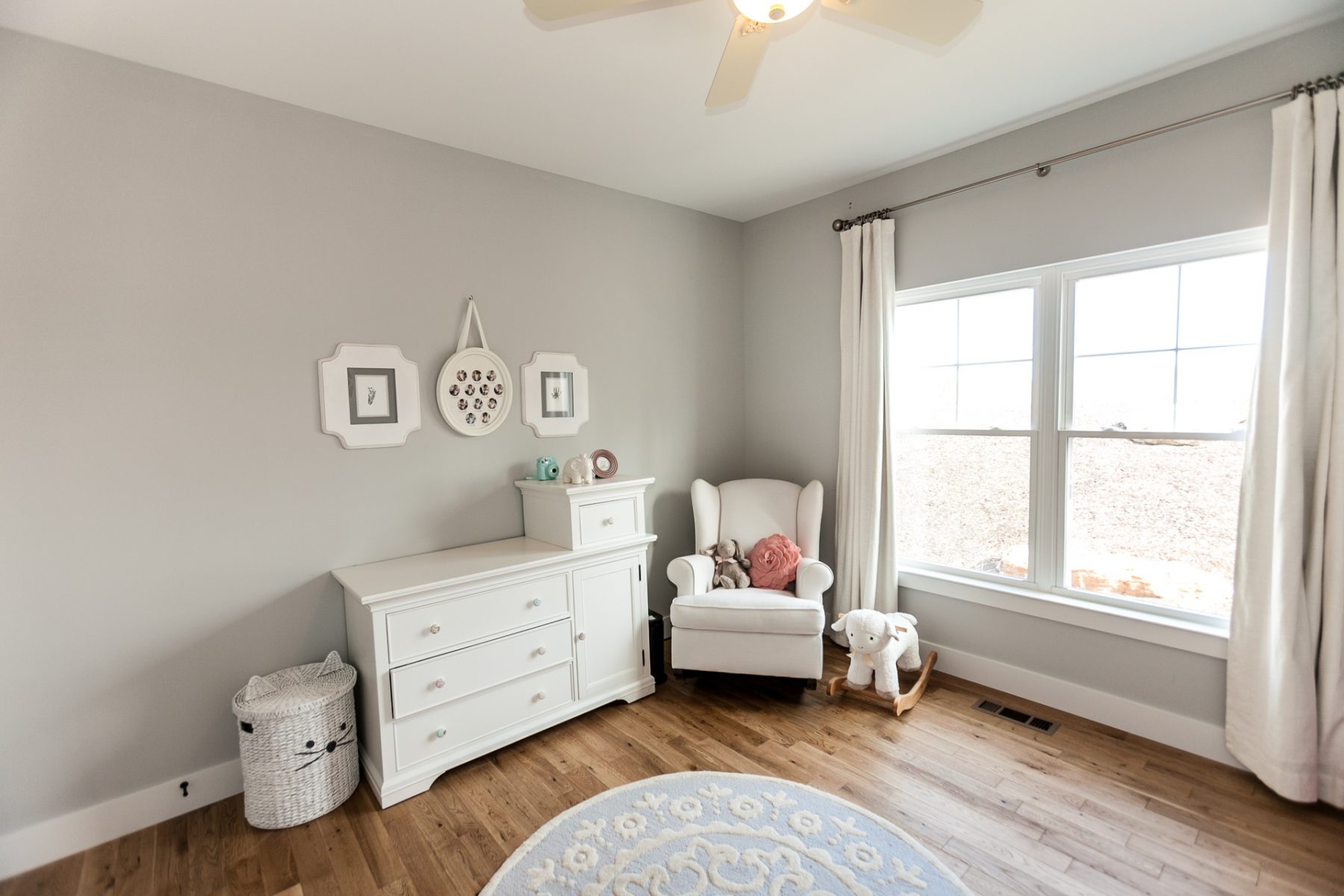
2. Install Outlet Plugs
Kids are naturally curious and as your baby begins exploring, that curiosity can get them into trouble—especially when it comes to electrical sockets. Eliminate the risk of electrical shock by installing outlet covers over exposed electrical sockets. More specifically, look for covers that are branded as "childproof" and require two hands to remove. For a little extra baby-proofing, consider rearranging furniture in your home to block off exposed outlets.
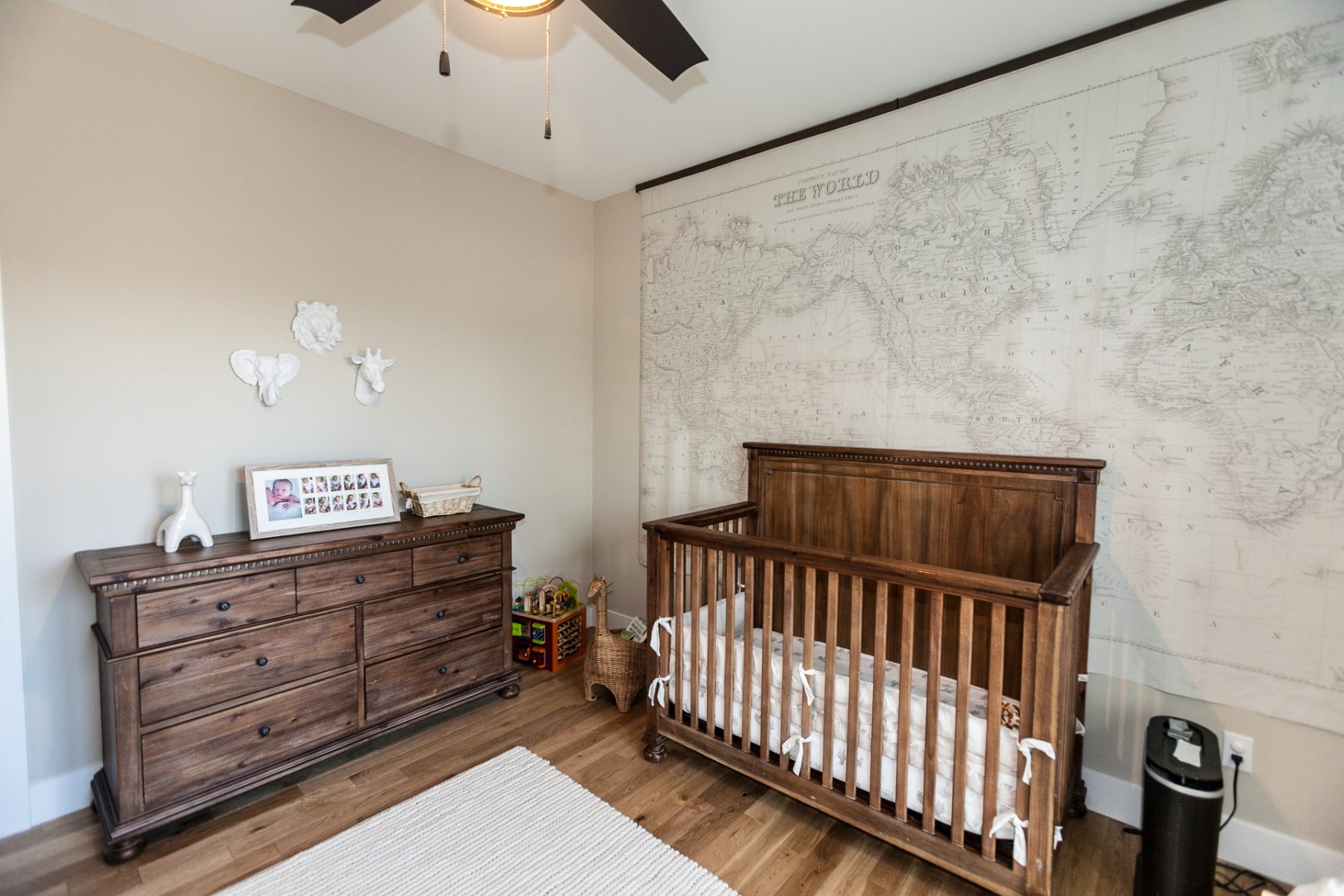
3. Secure Furniture
Crawling babies have a tendency to use the things around them for support; TV stands, bookshelves, chairs, you name it. Top-heavy furniture that's left unsecured poses the risk of toppling if your baby pulls on it. To prevent that from happening, secure furniture with straps and pay attention to the way items are stacked on shelves.
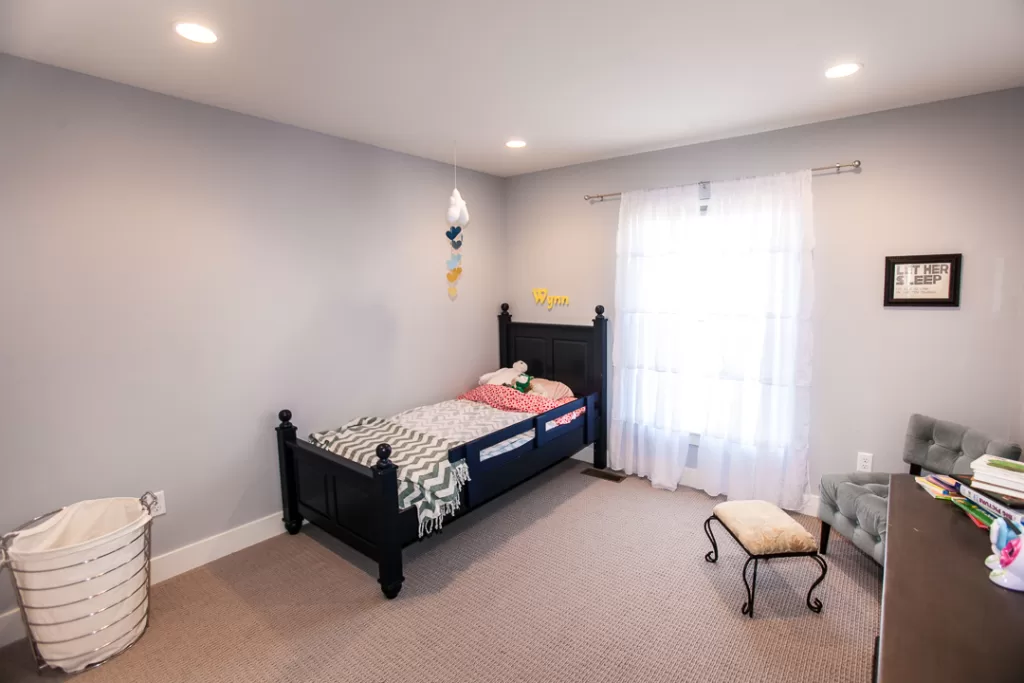
4. Toilet Safety
A child's curiosity knows no bounds and for some reason, that curiosity extends to toilets. Once your toddler is able to pull themselves up, they may be tempted to splash around in the toilet. In addition to exposing them to all kinds of germs and bathroom hazards, toilets have a drowning risk.
While awareness is essential to baby-proofing your home, it's important to take extra measures to keep the bathroom secure. Install a toilet lock and make it a point to keep the bathroom door closed for added peace of mind.
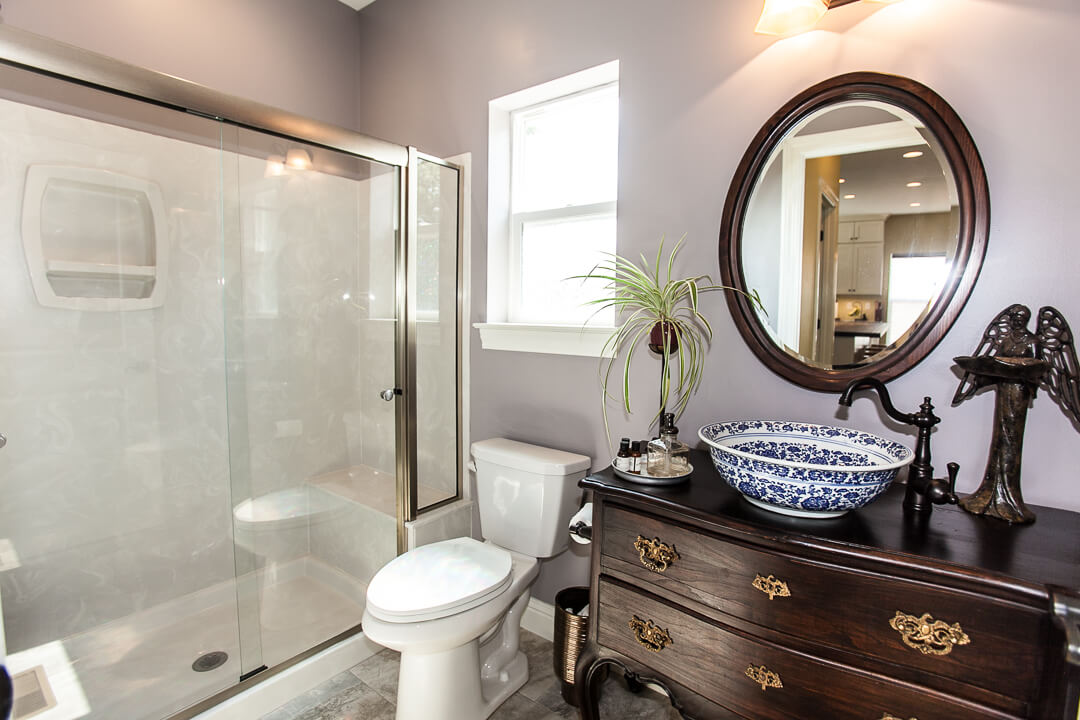
5. Limit Access to Cupboards, Stairs, and Pinch Points
As your baby grows, they'll begin exploring their immediate surroundings more and more. While this isn't a bad thing, it does have the potential for danger, so baby-proofing certain parts of your home to limit their access is a must.
A baby gate is a great investment because it limits access to the stairs and other rooms you'd like to keep baby out of. In addition, it's a good idea to install locking safety latches on lower cabinet doors and move household cleaners and other chemicals to a locked cabinet out of reach of small hands.
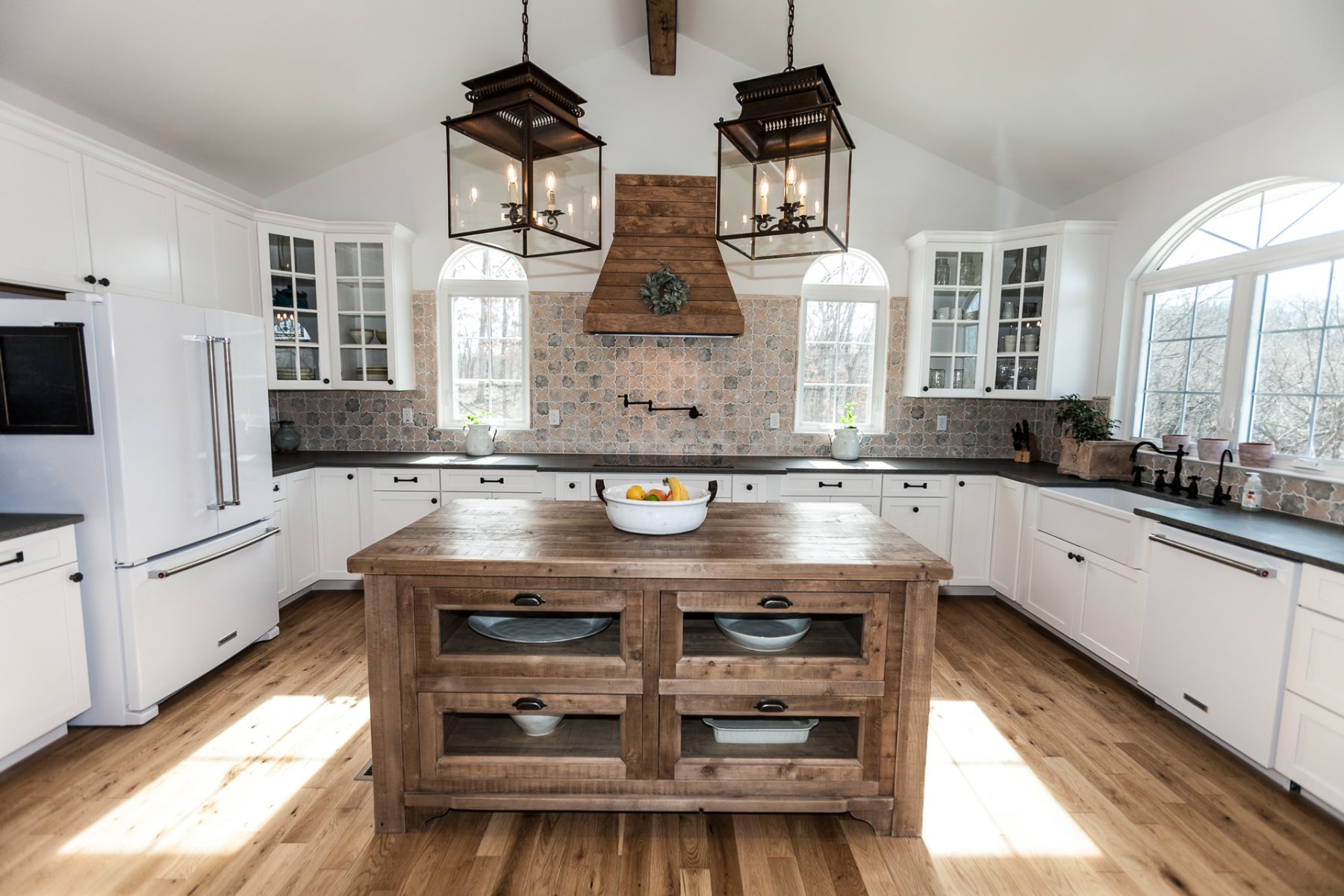
Ensuring your home provides plenty of (safe) space for your baby to grow is essential.
